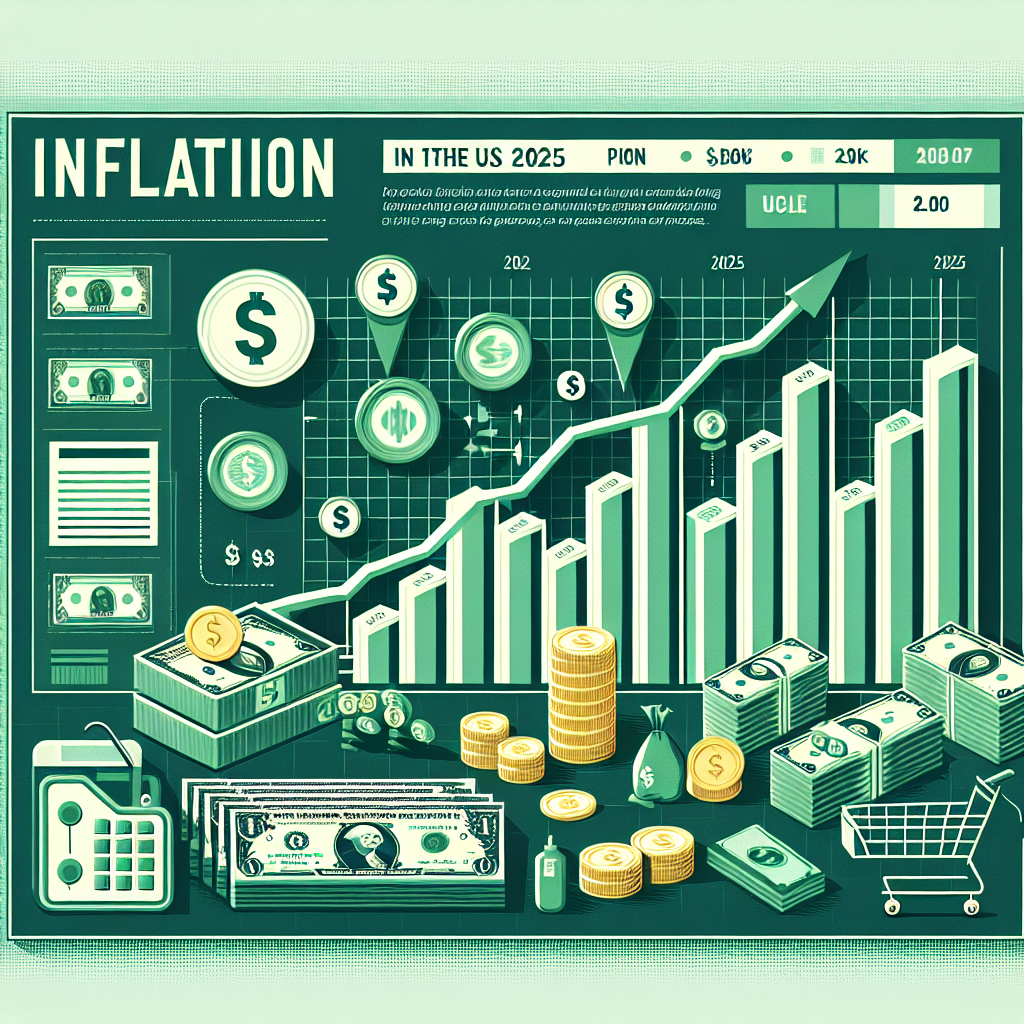Understanding Inflation in the US 2025
In 2025, the landscape of inflation in the United States will continue to evolve, driven by a convergence of economic factors and policy decisions. After experiencing unprecedented rates in the previous years, experts predict a more moderate inflation rate that will reflect systemic adjustments and longstanding economic indicators. This blog post aims to dissect the anticipated trends and implications of inflation, equipping readers with valuable insights to navigate their financial decisions effectively.
Key Factors Influencing Inflation
Inflation is fundamentally influenced by several economic dynamics, including consumer demand, production costs, and monetary policy. As the Federal Reserve continues to manage interest rates, the subsequent impact on borrowing costs could either stifle or stimulate economic growth. Increased demand from consumers, combined with a tight labor market, is expected to keep upward pressure on prices, albeit less aggressively than in prior years.
Moreover, global supply chain disruptions remain a significant concern. Although the country is seeing improvements in logistics and supply chain management, the ripple effects of past shortages and geopolitical uncertainties mean that prices in certain sectors, particularly in energy and food, could remain volatile. Consequently, stakeholders in both consumer sectors and investment can expect fluctuations in these areas that warrant careful attention.
Implications for Consumers and Investors
With inflation trends signaling a shift, consumers will likely experience changes in purchasing power. Essentials such as groceries, fuel, and housing may still witness price increases, which necessitates adjustments in personal budgeting. In contrast, certain durable goods might see price stabilization, creating opportunities for consumers to invest in higher-value items without the fear of steep prices.
For investors, understanding these inflation dynamics is crucial in making informed decisions. Asset classes such as real estate and commodities may prove to be more resilient during inflationary periods. Furthermore, investors should consider diversifying their portfolios by incorporating inflation-protected securities like Treasury Inflation-Protected Securities (TIPS). Staying abreast of economic indicators and crafting a strategic investment approach aligned with inflation trends will be key to safeguarding assets.
Monitoring Economic Indicators
It’s vital for both consumers and investors to keep a close eye on economic indicators that reflect inflationary trends. Metrics such as the Consumer Price Index (CPI) and Producer Price Index (PPI) are essential in tracking price changes over time. Regular updates from the Federal Reserve on interest rates and monetary policy will provide additional clarity on the economic landscape.
Engaging with reliable financial news sources can further bolster awareness and understanding of inflation’s impacts. Websites such as the Federal Reserve’s official site, Bloomberg, and other reputable financial media platforms can provide timely updates and thorough analyses to assist in navigating this evolving economic narrative.
Final Thoughts
In summary, navigating the complexities of inflation in the US in 2025 will require vigilance, adaptability, and informed decision-making. Consumers ought to be proactive in budgeting and shopping habits, while investors should tailor their strategies to mitigate risks associated with inflation. The convergence of these economic dynamics presents both challenges and opportunities that, if well understood, can enhance financial resilience.
To further support your understanding, be sure to check out additional resources:
